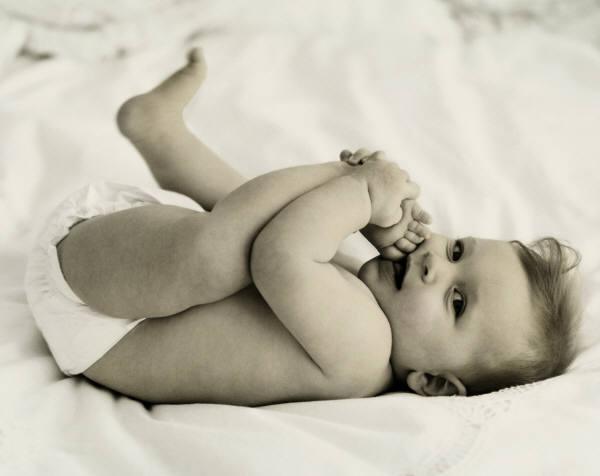I just returned from a 3D2N working trip from Chiang Mai. I arrived in Chiang Mai on Friday afternoon, for a one-day conference on Saturday with five of my customers.
Founded in 1296, Chiang Mai is nestled in a valley some 300 metres above sea level and overlooked by Doi (Mountain) Suthep. Chiang Mai was the capital city of the ancient kingdom known as Lanna Thai, the Land of a million rice fields. Literally translated, Chiang Mai means new city, as it was the new capital city of the old kingdom, the old capital city being Chiang Rai. It is now the second largest city in Thailand and the capital of Northern Thailand. Often referred to as Rose of the North, Chiang Mai offers a picturesque mosaic of mountain scenery, ancient temples, colourful hill tribes and a dazzling array of traditional handicrafts. At the heart of Chiang Mai is the old city of Chiang Mai, a neat square bounded by moats and old city walls, with five main gates. Currently only sections of the old city wall still remain.
 Old city wall surrounded by moats
Old city wall surrounded by moats
 Near the summit of Doi Suthep is Wat Phrathat Doi Suthep. Located 3520 feet above sea level, it was first established in 1383 and is one of the north most sacred temples. According to legend, holy relic of Buddha were discovered during the reign of King Kuena (1355 – 1385). The king placed the relics on a howdah on the back of an auspicious white elephant, and vowed that a temple will be built to hold the relics at the spot where the elephant stopped. The elephant wandered freely, headed to Doi Suthep and stopped at the top of the mountain. The elephant died after fulfilling its duty of finding a proper place for the holy relic. The temple can be reached by foot by climbing a 306-step staircase, bordered by a Naga balustrade. One can also ascend by the funicular railways. Inside the temple is a Lanna style chedi covered with engraved gold plates containing the holy Buddha relics, flanked by four ornamental umbrellas. The temple compound also offers an exhilarating view of Chiang Mai city and its surrounding countryside.
Near the summit of Doi Suthep is Wat Phrathat Doi Suthep. Located 3520 feet above sea level, it was first established in 1383 and is one of the north most sacred temples. According to legend, holy relic of Buddha were discovered during the reign of King Kuena (1355 – 1385). The king placed the relics on a howdah on the back of an auspicious white elephant, and vowed that a temple will be built to hold the relics at the spot where the elephant stopped. The elephant wandered freely, headed to Doi Suthep and stopped at the top of the mountain. The elephant died after fulfilling its duty of finding a proper place for the holy relic. The temple can be reached by foot by climbing a 306-step staircase, bordered by a Naga balustrade. One can also ascend by the funicular railways. Inside the temple is a Lanna style chedi covered with engraved gold plates containing the holy Buddha relics, flanked by four ornamental umbrellas. The temple compound also offers an exhilarating view of Chiang Mai city and its surrounding countryside.

The different positions assumed by Lord Buddha on different days of the week












3 comments:
oo i went doi suthep too last time. interesting..but so tiring climbing up the stairs LOL
jazz, we took the easy way. took the tram up and then walked down, which was a much easier effort.
very interesting...thanks for sharing the trip in details n such nice photos...
Post a Comment